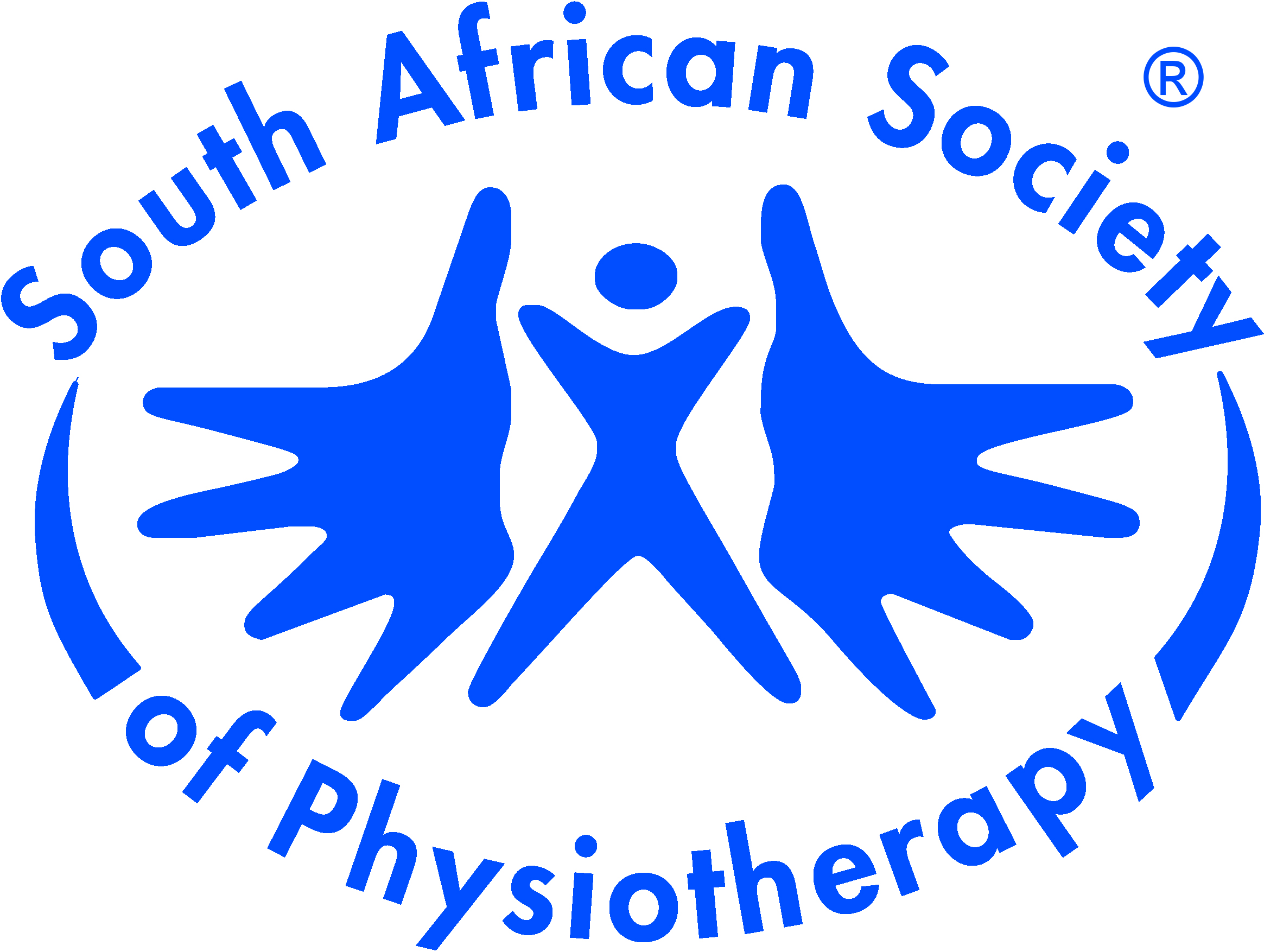Original Research
Passive mobilisation of the shoulder in subacute stroke patients with persistent arm paresis: A randomised multiple treatment trial
Submitted: 08 June 2021 | Published: 21 February 2022
About the author(s)
Anke van Bladel, Department of Rehabilitation Sciences, Faculty of Medicine and Health, Ghent University, Ghent, Belgium; and, Department of Physical and Rehabilitation Medicine, Ghent University Hospital, Ghent, BelgiumAnn Cools, Department of Rehabilitation Sciences, Faculty of Medicine and Health, Ghent University, Ghent, Belgium
Marc Michielsen, Jessa Hospital, Hasselt, Belgium
Kristine Oostra, Department of Rehabilitation Sciences, Faculty of Medicine and Health, Ghent University, Ghent, Belgium; and, Department of Physical and Rehabilitation Medicine, Ghent University Hospital, Ghent, Belgium
Dirk Cambier, Department of Rehabilitation Sciences, Faculty of Medicine and Health, Ghent University, Ghent, Belgium
Abstract
Background: Performing a careful but effective mobilisation of the hemiplegic shoulder is essential for optimal muscle activation and to preserve the passive range of motion (PROM) needed to perform functional tasks. Studies concerning passive mobilisation of the post-stroke shoulder are scarce.
Objectives: A randomised multiple treatment trial was conducted to compare the effects of different mobilisation techniques on shoulder PROM.
Method: Eleven participants with upper limb paresis in the subacute phase after stroke underwent three different mobilisation techniques (3 × 4 weeks):(1) combined soft-tissue mobilisation in the scapular plane, (2) scapular mobilisation without glenohumeral movement, (3) angular glenohumeral mobilisation in the frontal plane. Depending on the randomisation, the order of the techniques changed. Differences in outcome measures (PROM shoulder, shoulder pain, spasticity of shoulder muscles and biceps, trunk impairment scale and Fugl-Meyer assessment) were calculated between the beginning and end of each intervention period.
Results: Using combined soft-tissue mobilisation in patients in the subacute phase after stroke with persistent arm paresis resulted in an increased passive shoulder external rotation (p = 0.006). An average increase of 6.82° (± 9.20°) for shoulder external rotation was noted, whilst after the two other techniques, passive external rotation decreased (scapular mobilisation −7.27° ± 10.81°; angular mobilisation −5.45° ± 11.72°).
Conclusion: These preliminary findings, suggest that combined soft-tissue mobilisation technique might improve the PROM for external shoulder rotation in subacute stroke patients with persistent arm paresis.
Clinical implications: Performing a specific mobilisation technique might have positive effects on shoulder PROM. Research including larger sample sizes is necessary to confirm these findings and define the underlying mechanisms.
Keywords
Metrics
Total abstract views: 3296Total article views: 2559
